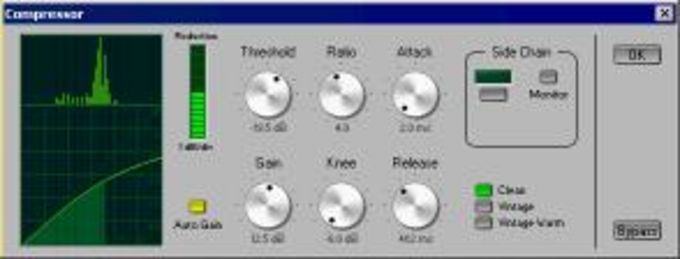

Similarly, the mosquito life-cycle is characterized by ontogenetic niche shifts, with a larval aquatic stage and an adult terrestrial stage. Carry-over effects have been documented in a wide-range of species with complex life-cycles, such as amphibians, migratory birds, and damselflies. In addition to these direct effects, mosquito phenotypes can be shaped indirectly by the environmental conditions experienced in previous life history stages, a phenomenon known as carry-over effects. Heterogeneity in environmental conditions can directly shape individual-level variation in traits relevant to mosquito population dynamics and pathogen transmission. Failure to account for carry-over effects of the larval environment in mechanistic models can lead to biased estimates of disease transmission potential at fine-scales in urban environments.Ĭlimate plays an important role in the transmission of mosquito-borne pathogens, determining the geographic range of disease vectors and shaping transmission dynamics. albopictus mosquitoes via carry-over effects. Our findings demonstrate the potential of the larval environment to differentially impact stages of DENV-2 infection in Ae. We estimate that not accounting for carry-over effects can underestimate disease transmission potential in suburban and urban sites in the summer by up to 25%.

Infectiousness did not differ across land class or season. Infection and dissemination rates were higher in the autumn and on suburban and rural land classes compared to urban. The effect of land class on adult body size differed across season, with suburban mosquitoes having the smallest wing length in the summer and the largest wing length in the autumn, when compared to other land classes. Larval development and survival rates were higher in the summer than the autumn, with no difference across land class.

The larval environment of different land classes and seasons significantly impacted mosquito life history traits. We parameterized a model of vectorial capacity using field- and literature-derived measurements to estimate the bias introduced into predictions of vectorial capacity not accounting for carry-over effects. To explore the contribution of carry-over effects on the transmission of dengue-2 virus (DENV-2), we conducted a semi-field experiment comparing the demographic and transmission rates of Aedes albopictus reared on different urban land classes in the summer and autumn season. In landscapes with spatially varying microclimates, such as a city, the effects of environmental temperature can therefore lead to spatial patterns in disease dynamics. Mosquitoes are strongly influenced by environmental temperatures, both directly and indirectly via carry-over effects, a phenomenon by which adult phenotypes are shaped indirectly by the environmental conditions experienced in previous life stages.


 0 kommentar(er)
0 kommentar(er)
